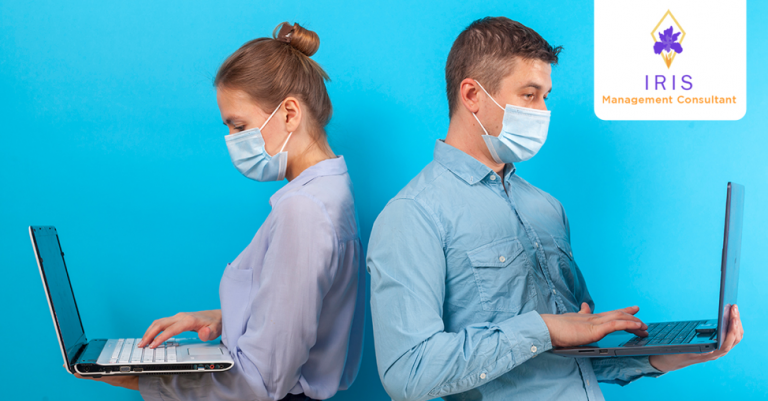How HR can prepare employees for a more comfortable post-lockdown transition?
Date : Jun 22, 2020
As the lockdown eases across different parts of the world, HR teams have an important role to play in the new normal. There are lots of things to be dealt with — from concerns about health and safety to the psychological well-being of employees to building a newer, more flexible organization.
There’s a lot that HR teams can do to help companies navigate this new normal.
First and foremost — workplace safety
Before anything else, you need to take measures to ensure the safety of your employees. This means having a proper procedure for entry and exit into the office. It also includes getting the cleaners to use alcohol-based disinfectants and making sure there are hand sanitizers and tissues available in all the common areas. Also, make sure employees wear masks and maintain social distancing as much as possible. You also need to have a rapid exit plan in place in case someone in the office tests positive. This shouldn’t be restricted to only when employees start coming back to work — it should become a part of the new routine.
Smart decisions about who should come back to work
Here’s where the HR team has to play an extremely important role. Social distancing is still a new reality and employees will be worried about their safety. So, while there is this urge to rush back to the office, it’s important to ensure that only those employees, who absolutely need to, are allowed to return. When figuring out who should come back to work, there are a number of principles that HR needs to keep in mind:
- Those with chronic underlying conditions (diabetes, age, blood pressure, breathing troubles, etc.) are more vulnerable to the disease. So, they should be kept at home as much as possible.
- HR needs to conduct a proper productivity assessment in collaboration with business heads. Individuals and teams that have been equally (if not more) productive from home, should be allowed to continue working from home till the danger has been mitigated. The fewer people that come to the office, the better chance, there isfor maintaining social distance.
- Coordinate with business teams to divide work into what can be done from home and where you need people to be physically present in the office. Based on this task division, you can have employees come into work for only a few days in the week.
- Figure out ways to restrict business travel as much as possible.
Psychological well-being
This is just as important as physical safety. HR teams need to find ways of making sure the mental health of employees is taken care of during this transition. Employees will be moving out of their comfort zone at home and going to work. The virus still exists and this movement represents a real threat to safety. Hence,it is crucial that employees navigate through this change with their mental health intact. Organizing support groups, access to mental health professionals, sharing mental health resources are all important steps.
Communication
It’s not enough to just take these measures. A very important part of HR’s role is to communicate all the steps that are being taken to the employees to make the transition smoother. For starters, it’s important to conduct thorough training around best practices within the office premise, so everyone is on the same page. It’s also important to communicate the basis of critical decisions — for example, employees need to know why some of them are being allowed to work from home while others have to come into the office. In times of ambiguity, it isbetter to over-communicate than to take a chance and miss something vital.
The bottom line
This time of transition can be tricky but it can also be a way to create a new workplace — one that is more flexible, inclusive and optimistic. And the role that the Human resource consulting plays today, will be a big part of making sure that the journey to the new normal is seamless.





